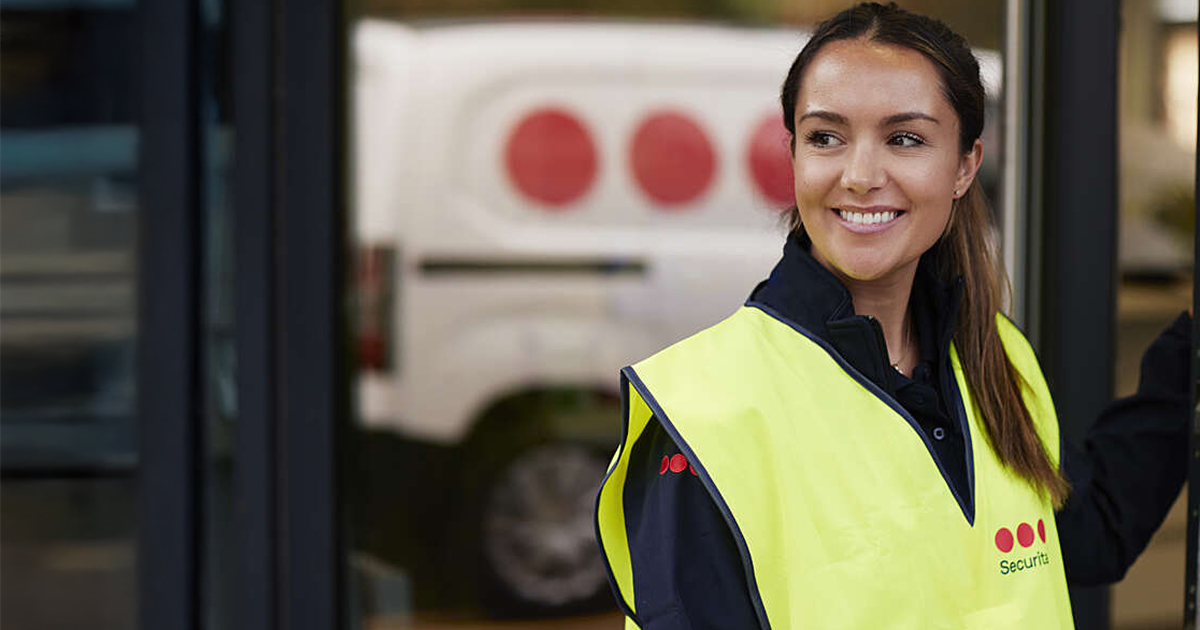
How 12 manufacturers are building learning strategies for blue-collar employees
Twelve leading manufacturers came together to co-create strategies for blue-collar learning, launching pilot projects that make development accessible on the production floor.

Shared challenges
12 manufacturing companies across the DACH region joined forces to tackle the development of blue-collar employees.
Collaborative solutions
HR, L&D, and production teams co-created pilot projects to bring learning into the everyday workplace.
Future-focused
Companies are now testing strategies like learning zones, facilitators, and digital courses to prepare employees for tomorrow’s skills.
About the organisation
On September 7, 2023, twelve companies from across the DACH region gathered at the headquarters of WAGO in Minden. Their shared focus: how to strengthen continuing education for blue-collar employees.
The event, opened by GoodHabitz coach Nadine Pohle with the words “Let’s learn from each other and with each other today and engage in dialogue together,” brought together well-known companies including Siemens AG, edding AG, Nagel Group Logistics SE, KARL MAYER Holding GmbH & Co. KG, Martin Braun KG, Caramba GmbH, pfm medical ag, Claas KGaA mbh, Prinzhorn Holding GmbH, Schunk GmbH, WAGO Kontakttechnik GmbH & Co. KG, and Pöppelmann GmbH & Co. KG.
All of them share two things: they learn with GoodHabitz, and they want to push forward the development of their production employees.
The challenge
How to bring digital learning to the shop floor
Digitalisation is reshaping the manufacturing industry. Blue-collar workers need new skills to adapt, but companies often face hurdles: no fixed workstations, limited digital access, and a lack of company email addresses or devices.
The question for HR and L&D teams: How can we create effective learning strategies for production staff, tailored to their needs and working environments?
The solution
Collaboration, co-creation, and concrete pilot projects
Together with Jennifer Horstmann, HR Development at WAGO, GoodHabitz quickly set up the concept of a networking workshop. The enthusiasm was clear: companies wanted to share challenges, exchange best practices, and develop ideas they could take home.
Before the event, participants pre-selected the topics they wanted to address. Four priorities emerged:
- Making learning part of everyday work for blue-collar employees.
- Involving stakeholders and decision-makers in training strategies.
- Empowering employees to shape their own growth through onboarding and development talks.
- Equipping production staff with the skills needed for the future.
After intensive discussions, the companies got to work. Each one began developing a pilot project, supported by GoodHabitz coaches. The goal wasn’t to finish in two hours, but to leave with tangible first steps.
Examples of pilot projects:
- Martin Braun KG: Launching “Make it happen” — using QR codes, flyers, and canteen displays to promote learning, while adding induction folder links for new employees. Plans include learning ambassadors, GoodHabitz WorkOuts, and even dedicated learning spaces.
- pfm medical ag: Setting up a dedicated training zone outside the production floor. A kick-off week with management will introduce the concept, supported by learning facilitators, employee surveys, and peer recommendations for online courses.
- Prinzhorn Holding GmbH: Rolling out digital learning for shift supervisors across at least four countries. Modules on communication, feedback, conflict management, and employee development will first train supervisors, who then cascade the knowledge to their teams.
Results and future plans
The Minden event gave the 12 companies a platform to openly discuss their challenges and share best practices around developing blue-collar employees. Each organisation left with a pilot project tailored to their own context, from awareness campaigns and learning ambassadors to training zones and digital modules for supervisors.
The workshop also highlighted how valuable it is to bring together HR, L&D, and production leaders in the same room. The mix of perspectives ensured that strategies weren’t just theoretical but grounded in day-to-day realities on the shop floor.
While no one expects a full strategy to be built in a single day, the goal was to spark concrete action — and that’s exactly what happened. Companies now have first concepts to refine and test over the coming months.
The group has already set the next step: a follow-up meeting in January 2024, where all participants will report back on their pilot projects. The aim is to share successes, challenges, and adjustments, so that effective approaches can be transferred and scaled across the network.
As GoodHabitz coach Nadine Pohle put it:
“The exchange between similar companies and HR managers is a successful concept that GoodHabitz would like to continue and expand in the future.”
The momentum is clear. The companies are committed to not only testing their own strategies but also learning from and with each other — creating a collaborative path toward more inclusive learning in manufacturing.
Conclusion
The Manufacturing Network shows how collaboration can turn a complex challenge into shared progress. By working together on strategies for blue-collar development, 12 companies are finding practical ways to make learning part of daily work on the shop floor.
12 manufacturers collaborated on blue-collar learning
Pilot projects launched across multiple companies
Learning initiatives introduced on the shop floor
12 manufacturers collaborated on blue-collar learning
Pilot projects launched across multiple companies
Learning initiatives introduced on the shop floor
Experience GoodHabitz yourself!
Book a personal demo and discover how learning can become a daily habit.


.png)
